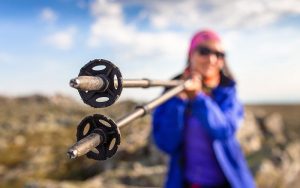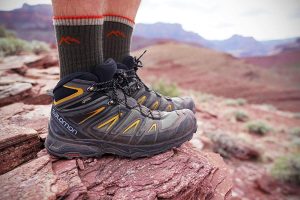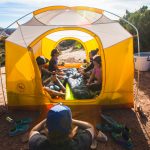When you are picking out a backpack, there are many different things to consider. Some people might need something that will be perfect for hiking through the woods, while others just want something light and easy to carry around campus. Whatever your specific needs may be, we have put together this handy guide to help you choose the best backpack for you!
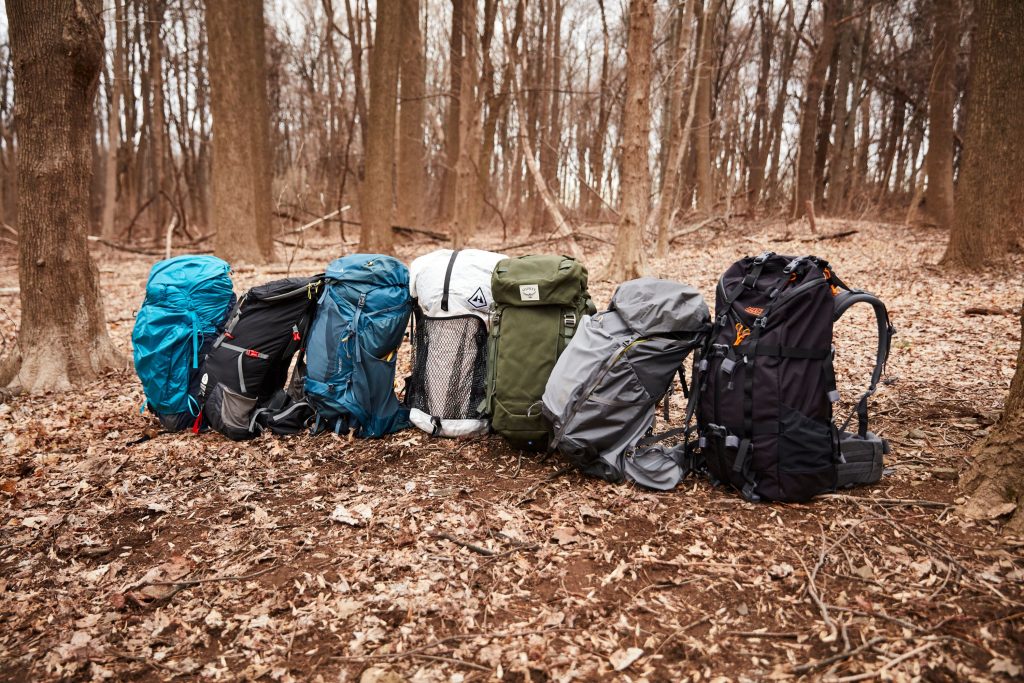
Table of Contents
Types of Backpacks
There are many different types of backpacks you can choose from. These include:
- Hiking Backpacks – Designed for longer hikes through rougher terrain, these backpacks have thicker straps and plenty of extra space to store things like water bottles or a sleeping bag.
- Casual Daypacks – Great for a day of shopping or to take hiking with you, these bags have more sections and pockets than other backpacks so it is easier to stay organized.
- Travel Backpack – Perfect if you are going on a trip that will require lots of walking around the airport or switching buses throughout the journey, this type of backpack has both a waist and chest strap to make sure you stay comfortable.
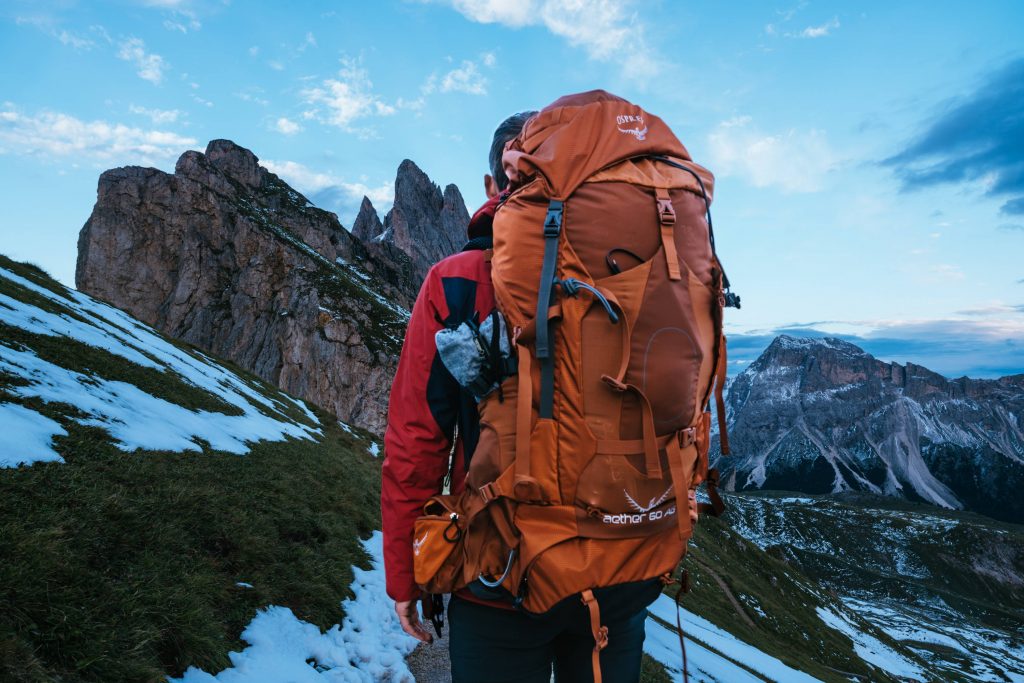
Size
You should also consider how big you want your bag to be when choosing between a backpack. Some have a smaller capacity, so they will only fit the essentials you need for short trips or day hikes. Other backpacks can hold a lot more, which is perfect if you plan on going for long walks and want to pack things like extra layers of clothing with you as well.
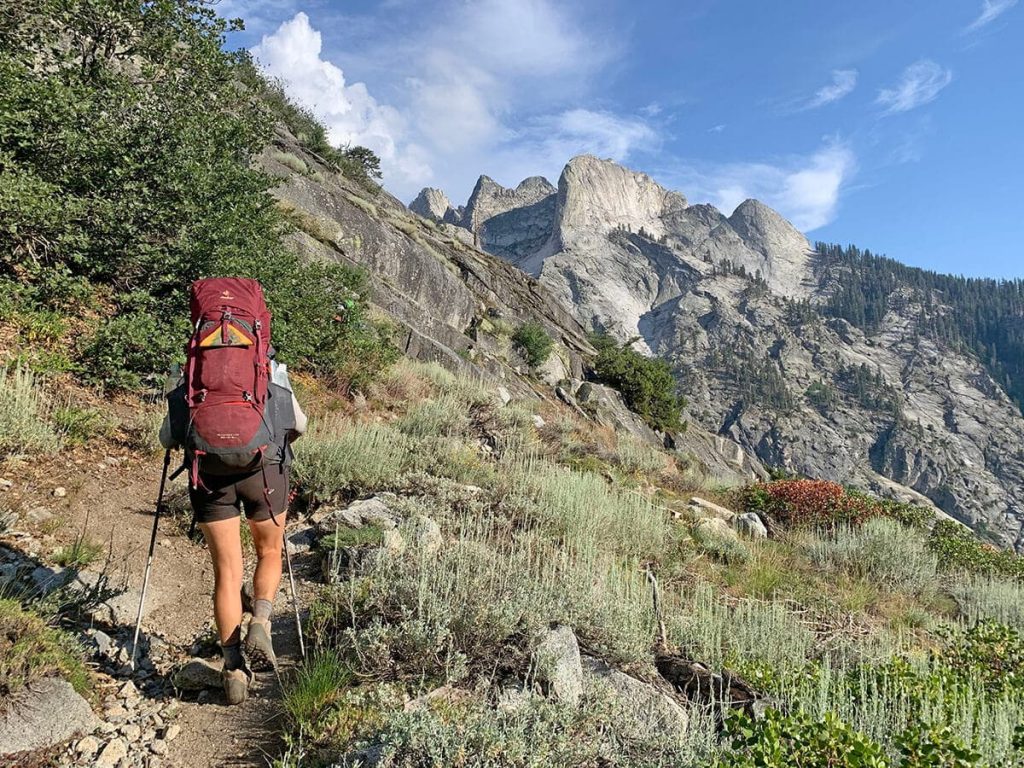
Weight
The weight of your bag should also be a consideration. If you are going for a longer hike, then it will obviously weigh more and might not be as comfortable to carry around with you everywhere. On the other hand, if you plan on using your backpack indoors or just want something lighter that is easier to carry all day long, opt for one of the smaller bags instead.
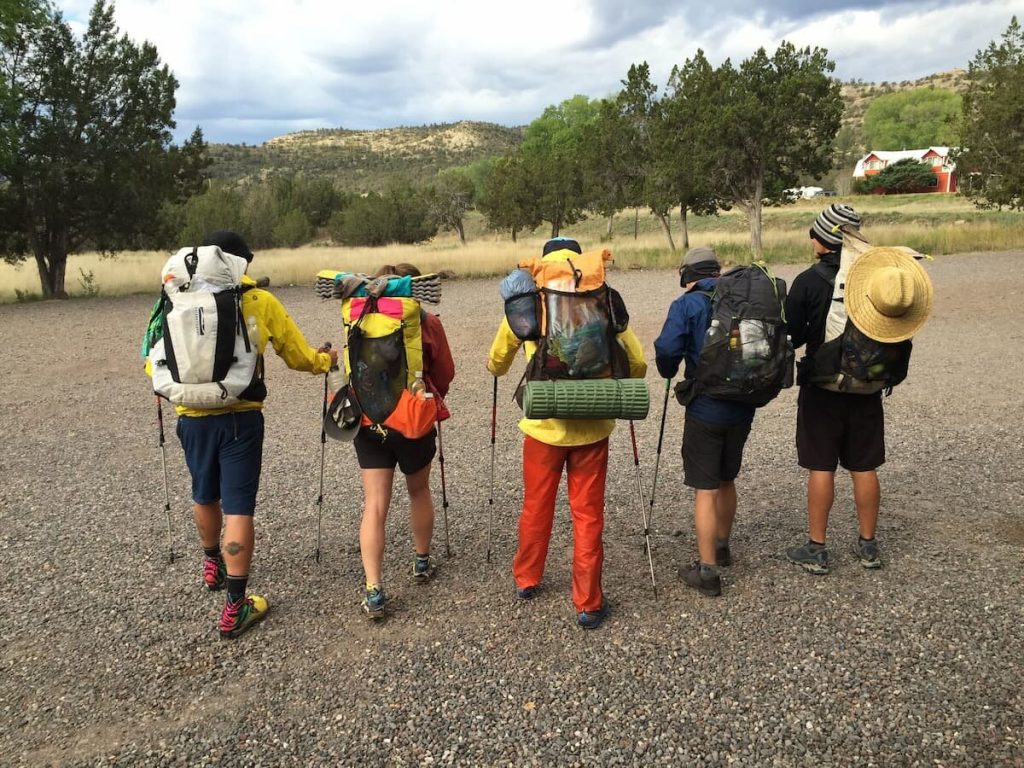
Designs and Colors
You might also want to consider what your backpack looks like when choosing between one or another! Some bags come in bold colors that make it easy to spot inside of your suitcase while you are waiting for your flight at the airport. Meanwhile, others only come in black or brown which might be perfect if you want to keep a low profile while traveling.
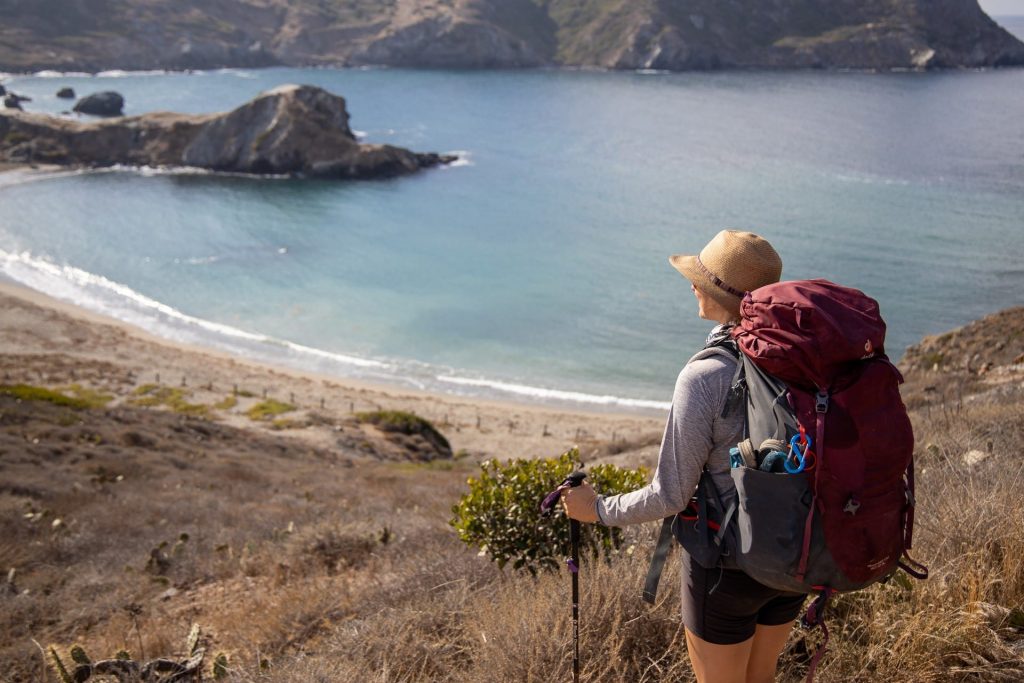
Frame Type
- Internal-frame backpacks: made of two vertical supports with a flexible plastic sheet between them, these backpacks are usually more heavy-duty and have better support.
- External-frame backpacks: instead of having the frame built into the backpack itself, this type has an external framework that connects around it which makes it easier to access your things but also means you will need to find a larger bag.
- Frameless backpacks: the frame has been completely removed from this backpack which makes it lighter but also less durable.

Suspension System
This is the part of your backpack that holds up and secures your things, so you want to make sure these straps are as comfortable as possible! There are three main types:
- Padded shoulder straps: padded with extra cushioning, these are the best option for anyone who is going to be wearing their backpack all day long or doing lots of hiking.
- Padded hip belt: when you have a heavier load in your bag, it can get very uncomfortable without any sort of waist strap which is why this material has been added on most backpacks.
- Non-padded shoulder straps: lighter weight and easier to carry around all day long, these are the perfect option if you aren’t going anywhere too tough or plan on carrying your things for an extended period of time.
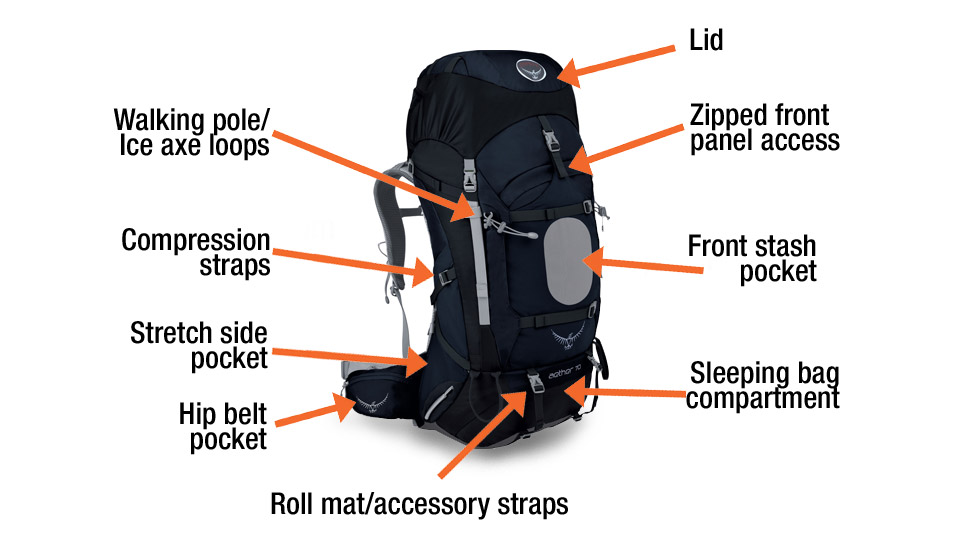
Attachment Points
- Daisy chain: these are strips of fabric sewn into the bag so you can easily attach gear like hiking poles or a sleeping pad.
- Compression straps: located on the side of your backpack, these straps help reduce its overall size and keep everything nice and secure while transporting it from place to place.
- Ice ax loops/water bottle pockets: these are located on the bottom of the backpacks and can be used to attach your ice ax or water bottle so you don’t have to hold them while hiking.
- Shovel pocket: this is usually found at the base of a backpack’s main compartment, it provides an easy way for you to store larger items like a shovel.
- Trekking pole loops: these are located on the bottom of a backpack and allow you to store your hiking poles without having them take up too much room inside.
- Lash tabs: these are located on the outside of a backpack and can be used to attach gear like your water bottle or hiking poles.
- Extra gear loops: located on the outside of a backpack, these are great for clipping gear like carabiners or ice axes
- Tie-down straps: perfect if you plan on strapping your bag onto anything from a train rack to an animal’s back! These can be used in all sorts of different ways while traveling.
- Vertical board carry straps: these are located at each end of a backpack and can be pulled out so you have full access to all your gear when storing the bag horizontally in tight spaces like inside lockers.
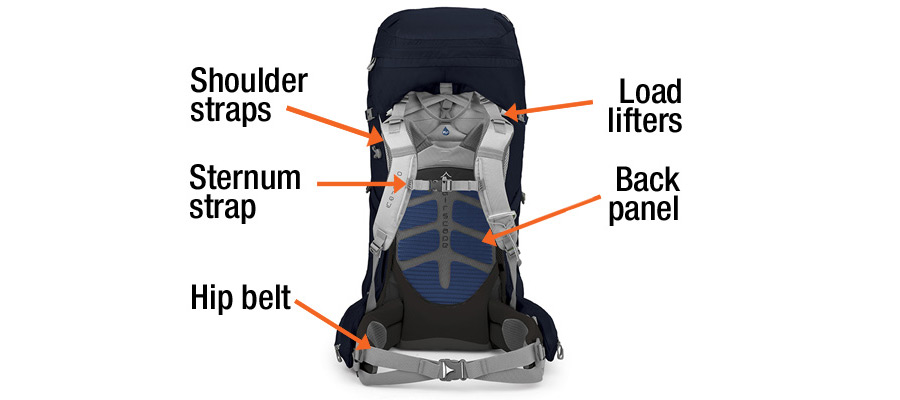
Additional Futures
- Water bottle pockets: located on the sides or front, these are great if you want to bring along a water bottle without having it take up too much room inside your bag.
- Zippered pocket: these are great for keys and other smaller things you want on hand while out exploring all day long without having to dig through the main compartment of your backpack.
- Raincover: a small, waterproof cover that goes over your backpack to protect it against rain or snow.
- Reinforced crampon patch: a patch of fabric or leather sewn onto a boot to protect it against damage from the metal spikes on crampons.
- Hydration Reservoir: a compartment that holds water or other liquids for drinking while you are hiking. These can be found on the inside of backpacks and are attached to an exiting port where you can get at them easily.
- Secret zippered pocket: perfect for hiding away smaller valuable items, this is usually located on the inside of a backpack but can also be found under an exterior flap.
- Open pockets: these are great if you want to store things like your wallet or a guidebook for easy access without having to open up the entire bag.

Backpack Fit
having a backpack that fits you properly can really make all the difference in your day of hiking. Here are some tips to help ensure yours is both comfortable and secure!
- Torso Length: this is the distance from your hip bones to right above your shoulders. If you measure this and it’s between 16-20 inches, you are most likely a small backpack size. 20-22 inches for medium and 22+ for large! You can also try putting on your pack and bending over so that it feels comfortable but doesn’t hit the ground.
- Shoulder Straps: these should be adjusted so that your backpack is resting about two inches above your waist and you can easily slip at least a couple of fingers between them and your body! They shouldn’t dig into or cause any discomfort on your shoulders. Waist Belt: this should sit comfortably over your hips, not too high or low! You should be able to easily bend over while wearing your backpack without it hitting the ground.
- Backpack Frame: this is an internal structure of a pack that helps provide support for its contents, so if you have one with good back support then it will fit better on your body and won’t sag as much. If yours doesn’t have a frame, you can always place something inside it to help give your content more support.
- Compression Straps: these are located on the sides of backpacks and provide extra stability while transporting or storing them by shortening their size! You should be able to fit at least one hand underneath each strap when they’re tightened properly.
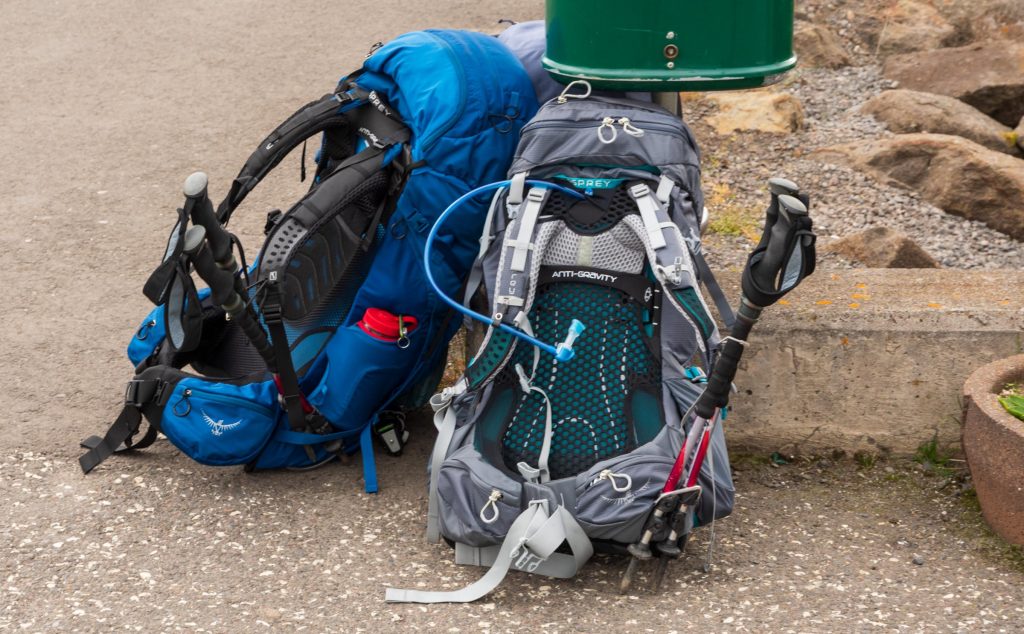
Additional Backpack Fit Adjustments
- Sternum strap: this is found on the front of backpacks and helps to keep them nice and secure by connecting both shoulder straps. It should be adjusted so that it sits around your chest comfortably, not too high or low!
- Carry Handle: most backpacks have this on the top and it’s great for helping to carry your pack when you need both hands free. You can also find models with side handles that are just as useful.

FAQ
How often should I replace my backpack?
This really depends on the quality of your backpack and how much you use it. If yours is falling apart or if you’re using it heavily, then they typically need to be replaced every three years! Otherwise, replacing them once a year or so may still help keep everything nice and secure.
What are some common backpack materials?
Most backpacks are made from either nylon, polyester, or cotton. Each one has its own benefits and drawbacks so it’s important to choose the right material for your needs! Nylon is typically lightweight but not as durable while polyester fabrics have a higher strength-to-weight ratio. Meanwhile, cotton is often more durable but heavier.
What are some good backpack brands?
Jansport, Swissgear and American Tourister make great backpacks for all kinds of uses! They offer both high-quality products as well as ones that are more affordable. This makes them ideal for students or anyone who’s looking to get a new pack on a budget.
What should I look for in a backpack?
When you’re looking at backpacks, there are a few things that you should take into consideration so be sure to keep them all in mind! For instance, your pack’s capacity and dimensions will determine how much it can hold as well as how comfortable it is while being carried around. You should also consider the number of compartments and pockets it has as well as any additional features that may be useful.
Finally, you should think about the specific activities that you’ll be using your pack for. If it’s a hiking backpack then durability and comfort are important, while backpacks made for students will need to have compartments for pens and notebooks in addition to being durable enough to carry around lots of textbooks!
How much should I spend on a new backpack?
This really depends on your budget as well as the quality of the backpack that you’re looking for. A good rule of thumb is to spend at least $50-$100 for a decent one but if you want something more durable then it’s worth investing more money! The higher-end brands offer backpacks at higher prices which are made from better materials and have more features.
How should I clean my backpack?
Most backpacks can be cleaned by simply wiping them down with a damp cloth or sponge and warm water. You may need to use a mild soap if your pack has gotten especially dirty but try not to rub too hard as it could damage the material! If you want something that’s a bit more thorough then you can also look into dry cleaning or taking it to the nearest laundromat.
What’s most important when choosing a backpack?
This really depends on your personal preferences and what you’ll be using your pack for! Some features are universal so they should always be considered, such as the size of its capacity, dimensions, number of compartments and pockets, additional features that it may have as well as the materials used to make it. You should also think about how you’ll use your pack so that you can find one with specialized features for hiking or other activities!
How much weight should my backpack be able to carry?
This really depends on how much you’ll be carrying as well as the type of backpack that you’re using. If it’s a hiking pack then they should typically have extra support to help with heavier loads, while backpacks made for students need to fit your textbooks and other school supplies! In general, though, most packs will hold around 30-50% of their weight capacity so plan accordingly.



